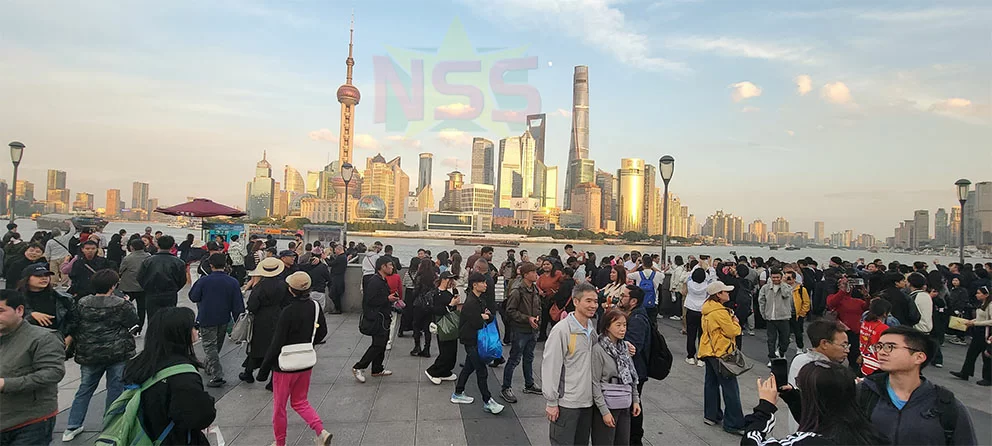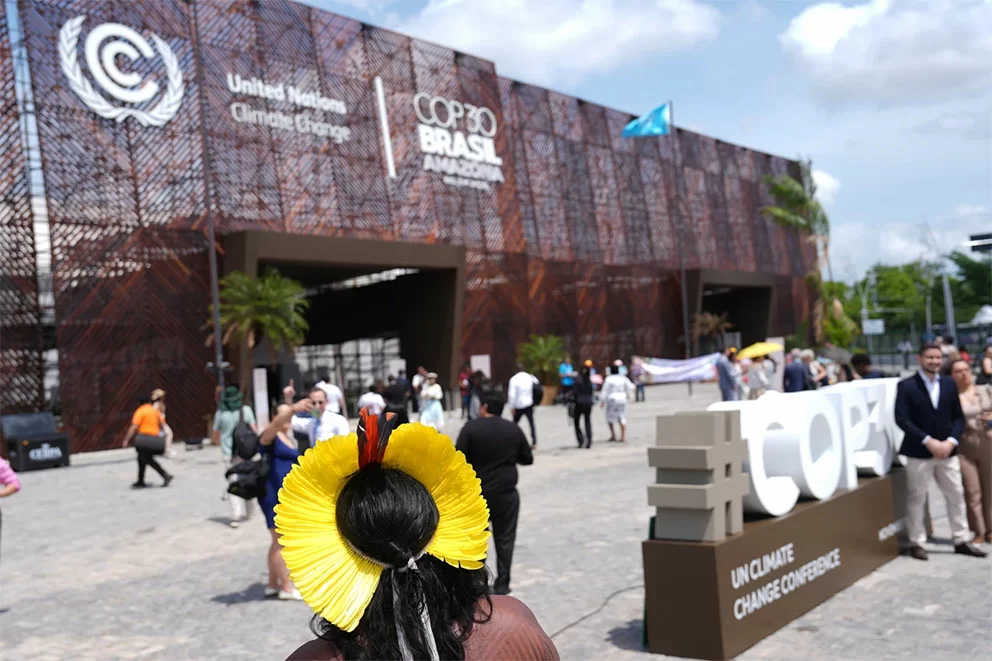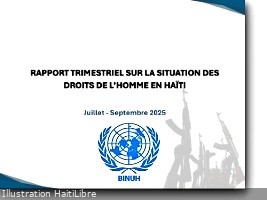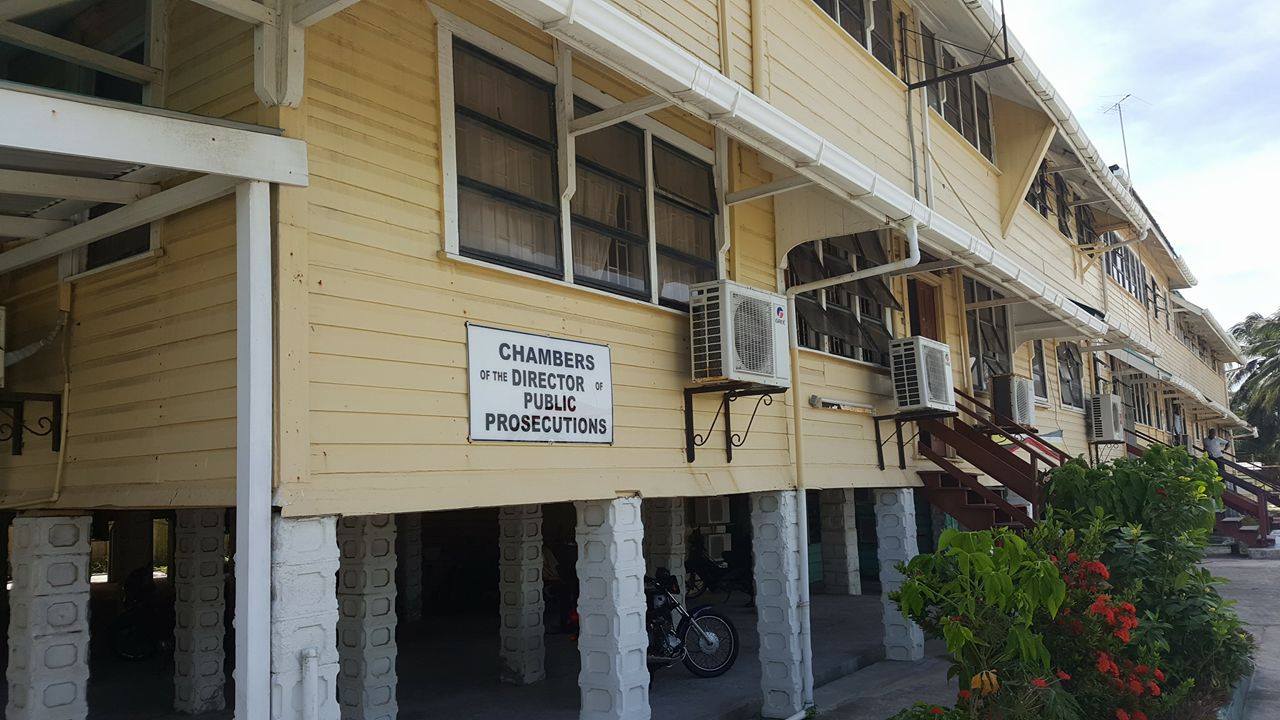In a significant legal development, the Director of Public Prosecutions (DPP) in Guyana has announced the discontinuation of tax evasion and false declaration charges against Azruddin Mohamed. The charges, which were related to the undervaluation of a Lamborghini luxury car imported from the United States in 2020, were dropped following a formal extradition request from the U.S. government. The DPP cited international comity, fairness, and legal appropriateness as key factors in the decision. The Guyana Revenue Authority (GRA) had initially filed the charges on May 15, 2025, alleging that Mohamed declared the car’s value at $75,300, while its actual worth was $695,000. The GRA’s case was bolstered by evidence from the U.S. Department of Justice, including an invoice and money transfer records. Mohamed and his father, Nazar Mohamed, are also facing an 11-count indictment in the U.S. for wire fraud, mail fraud, and money laundering. Both are currently contesting the extradition request.
分类: world
-

EU Approves Five-Year Schengen Visas for Belizeans
In a landmark decision, the European Union has approved five-year multiple-entry Schengen visas for Belizean nationals, effective immediately. This new visa cascade applies to Belizeans holding regular, official, or diplomatic biometric passports, marking a significant enhancement in travel relations between Belize and the EU. Applications can be processed at Schengen embassies in Guatemala or Mexico, offering Belizeans unprecedented ease of access to the Schengen Area. The move represents the most generous application of EU Visa Code rules for a third country, eliminating the need for repeated visa applications as long as the traveler’s biometric passport remains valid. EU officials anticipate that this initiative will foster increased tourism, business opportunities, educational exchanges, and family visits, thereby strengthening cultural and economic ties between Belize and the EU. Belize has warmly welcomed this development, highlighting its potential to deepen people-to-people connections across the regions.
-

Shanghai: een bruisende mix van geschiedenis, innovatie en cultuur
Shanghai, China’s largest city, stands as a global powerhouse in economics, trade, and culture. Nestled at the mouth of the Yangtze River, it serves as a vital port and financial hub, attracting international investments and businesses. The city is renowned for its dynamic blend of modernity and tradition, where towering skyscrapers coexist with historic neighborhoods and cultural landmarks. Shanghai plays a pivotal role in China’s rapid economic growth and global integration, making it a city of immense significance.
During a visit by participants of the China International Press Communication Center 2025 Program, the city’s cultural melting pot and thriving innovation were immediately evident. Shanghai’s substantial investments in infrastructure, technology, and sustainable development have positioned it as one of the world’s most progressive cities. Its strategic location, diverse economy, and rich history make it not only an economic powerhouse but also a cultural icon shaping China’s future.
The Bund: A Historical Waterfront
Our first stop was The Bund, an iconic waterfront along the western bank of the Huangpu River. Bustling with activity, The Bund is famed for its row of historic buildings that reflect Shanghai’s colonial and trading history. As the sun sets, the waterfront is bathed in a golden glow, enhancing its charm. Developed in the late 19th and early 20th centuries, The Bund became the financial and commercial heart of Shanghai, influenced by Western powers. Architecturally, it offers an eclectic mix of styles, including neoclassical, art deco, and gothic, with notable structures like the Peace Hotel and the Custom House. Today, The Bund symbolizes Shanghai’s openness and modernization, serving as a popular tourist attraction and cultural emblem.Shanghai Tower: A Modern Marvel
Next, we visited the Shanghai Tower, a hypermodern skyscraper in the Lujiazui financial district. Standing at 632 meters, it is China’s tallest building and the second tallest in the world, after Dubai’s Burj Khalifa. The tower’s observation deck offers breathtaking views of the city, reached via a high-speed elevator that ascends at 18 meters per second. Despite the crowds, the experience is worth the 190 yuan (approximately $27) ticket price. The Shanghai Tower is a testament to China’s technological advancement, economic strength, and sustainable architecture, featuring energy-efficient systems and innovative construction techniques.A Magical Boat Ride on the Huangpu River
Our journey concluded with a boat ride on the Huangpu River, offering a unique perspective of The Bund and the Shanghai Tower. Despite the chilly weather, the experience was unforgettable. The illuminated waterfront, with its ever-changing colors, created a fairy-tale-like atmosphere. The boat trip provided a different view of the Shanghai Tower, highlighting its sleek, spiraling design that reduces wind load. The tower, completed in 2015, houses offices, hotels, shopping centers, and observation decks, symbolizing Shanghai’s rapid growth and modernization.The Bund, viewed from the river, resembles an open-air museum of Western architectural styles from the early 20th century. Each building, originally housing foreign banks, trading firms, or consulates, reflects the identity and prestige of its owners. After approximately half an hour, the boat returned to the dock, leaving us with magical memories of a city that seems straight out of a storybook.
-

Dominican Republic donates supplies to assist families impacted by Hurricane Melissa
KINGSTON, Jamaica — In a significant gesture of regional solidarity, Jamaica has received a substantial shipment of relief supplies from the Dominican Republic to aid families impacted by Hurricane Melissa. The 628-tonne consignment, comprising essential items such as food, blankets, mattresses, mosquito nets, and medical supplies, was officially handed over at Kingston Wharves Limited on Wednesday.
-

Brazil promotes multi-level governance at COP30 for climate action
The global fight against climate change has reached a pivotal moment with the launch of a groundbreaking initiative aimed at institutionalizing multi-level governance as a cornerstone for the effective implementation of the Paris Agreement. This announcement was made during the High-Level Ministerial Panel on Multi-Level Governance for the Implementation of the Paris Agreement and Climate Strategies, held in the Blue Zone of the ongoing United Nations Climate Change Conference (COP30).
Brazil and Germany have been named co-chairs of the Coalition for High-Ambition Multi-Level Partnerships (CHAMP), a coalition dedicated to fostering collaboration across various levels of governance to address climate challenges. Brazil’s Minister of Environment and Climate Change, Marina Silva, underscored the transformative nature of this approach, stating that adapting to climate change requires not only structural changes in cities but also a fundamental shift in their management.
Silva emphasized that multi-level governance goes beyond mere coordination, serving as a platform for shared responsibility among diverse actors and sectors. This collaborative framework is expected to enhance the efficiency of climate strategies and ensure a more unified global response to the pressing issue of climate change.
-

COP30: Inheemse volken zoeken hun stem te midden van uitdagingen
The United Nations Climate Change Conference, COP30, held near the Amazon rainforest in Brazil, began with an unexpected power outage during its opening ceremony. Indigenous participants, accustomed to adapting to challenges, responded by singing, dancing, and offering prayers to maintain the atmosphere, despite the lack of microphones and technical equipment. This incident, while symbolic of resilience, also highlighted broader skepticism about whether the conference, dubbed the ‘Indigenous COP,’ will truly fulfill its promises to center Indigenous communities in climate action. Indigenous peoples, who make up about 5% of the global population, protect over 80% of the world’s remaining biodiversity. Their traditional knowledge and sustainable practices are vital for ecosystem preservation, yet they remain disproportionately affected by climate change due to their vulnerable habitats and reliance on natural resources. Historically marginalized and often excluded from decision-making processes, Indigenous communities face significant barriers to meaningful participation in international climate negotiations. Despite COP30 being framed as a tribute to Amazonian Indigenous peoples, many representatives are still confined to national delegations, limiting their influence on policy outcomes. Practical challenges, such as language barriers, funding shortages, and limited access to housing in Belém, further hinder their involvement. Activists like Thalia Yarina Cachimuel and Edson Krenak emphasize the need for systemic changes to ensure Indigenous voices are heard and respected. While COP30 offers a platform for greater inclusion, the conference’s success will depend on translating promises into actionable policies that directly benefit Indigenous communities.
-

Insecurity : 3rd quarter 2025, 1,247 people killed and 710 injured (report)
A recent report from the United Nations Integrated Office in Haiti (BINUH) paints a grim picture of the nation’s escalating security crisis. During the third quarter of 2025, spanning from July 1st to September 30th, gang violence continued to ravage Haiti, resulting in the deaths of at least 1,247 individuals and leaving 710 others injured. Despite some progress in pushing back gangs from certain neighborhoods within the capital, Port-au-Prince, their influence has expanded into rural areas, including the Artibonite and Central departments. The report highlights the indiscriminate nature of these attacks, particularly in Arcahaie, Cabaret, and other strategic locations along key roadways. Additionally, the violence has led to 145 kidnappings for ransom and 400 cases of sexual violence. The ongoing armed conflict has severely disrupted access to basic services, with gang assaults on homes, public infrastructure, and other buildings forcing over 1.4 million people into internal displacement by the end of September. The full report, available in English, provides a comprehensive analysis of the situation and underscores the urgent need for international intervention to address Haiti’s deepening humanitarian crisis.
-

Belize Delivers Aid, Supplies After Hurricane Melissa
In a significant display of regional solidarity, Belize has mobilized substantial aid to assist Jamaica and Cuba in recovering from the catastrophic aftermath of Hurricane Melissa. The government has pledged $200,000 in financial assistance to both nations, which bore the brunt of one of the most destructive storms to traverse the Atlantic this year. The hurricane wreaked havoc, leveling homes, crippling infrastructure, and disrupting essential services, underscoring the disproportionate impact of climate change on small island nations. Beyond monetary support, Belize has dispatched relief supplies, including hygiene products, canned food, and cash aid, to its students studying in Jamaica and Cuba. Officials have emphasized their commitment to monitoring the situation and providing further assistance if required. In a public statement, Belize reaffirmed its unwavering solidarity with Jamaica and Cuba, highlighting the enduring bonds of friendship, cooperation, and mutual support that unite these Caribbean neighbors.
-

Belize Sends US$400K in Hurricane Relief to Jamaica and Cuba
In a significant humanitarian gesture, Belize has committed $400,000 in emergency relief to Jamaica and Cuba, allocating $200,000 to each nation in the aftermath of Hurricane Melissa. The catastrophic Category 5 storm wreaked havoc across the Caribbean in late October 2025, leaving behind a trail of destruction that includes severe flooding, power outages, damaged infrastructure, and the displacement of thousands of families. The hurricane also disrupted essential services such as water systems, healthcare facilities, and transportation networks, further complicating recovery efforts. Hurricane Melissa, which formed during the peak of the 2025 hurricane season, rapidly intensified as it entered the Caribbean, causing estimated losses of $6–7 billion, equivalent to 28–32% of Jamaica’s GDP. Jamaican Prime Minister Andrew Holness described the disaster as both a humanitarian and economic crisis, reigniting calls for climate accountability ahead of COP30. The Belizean government emphasized the disproportionate climate vulnerabilities faced by Caribbean and small island states, underscoring the urgent need for global action. In addition to financial aid, Belize has sent relief packages to its students in Jamaica and Cuba, containing personal hygiene kits, canned food, and emergency cash. Officials have pledged further assistance if required, reaffirming Belize’s solidarity with the affected nations. ‘Our nations remain united by enduring friendship, cooperation, and mutual support,’ the government stated.

